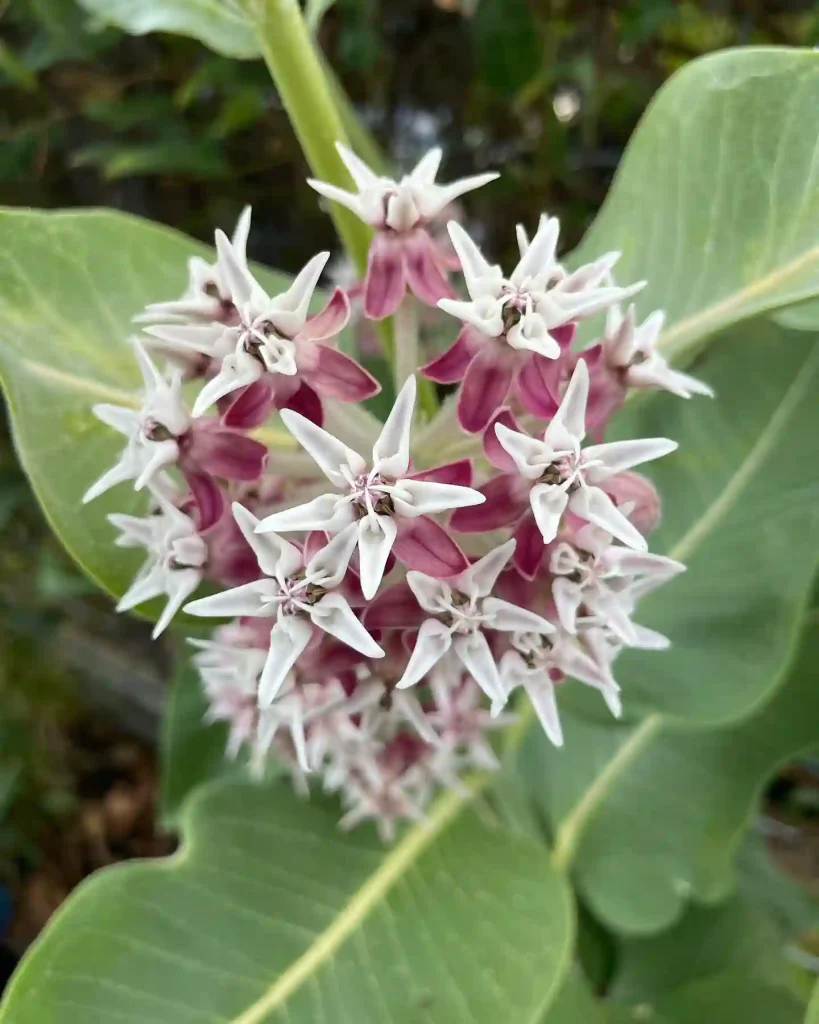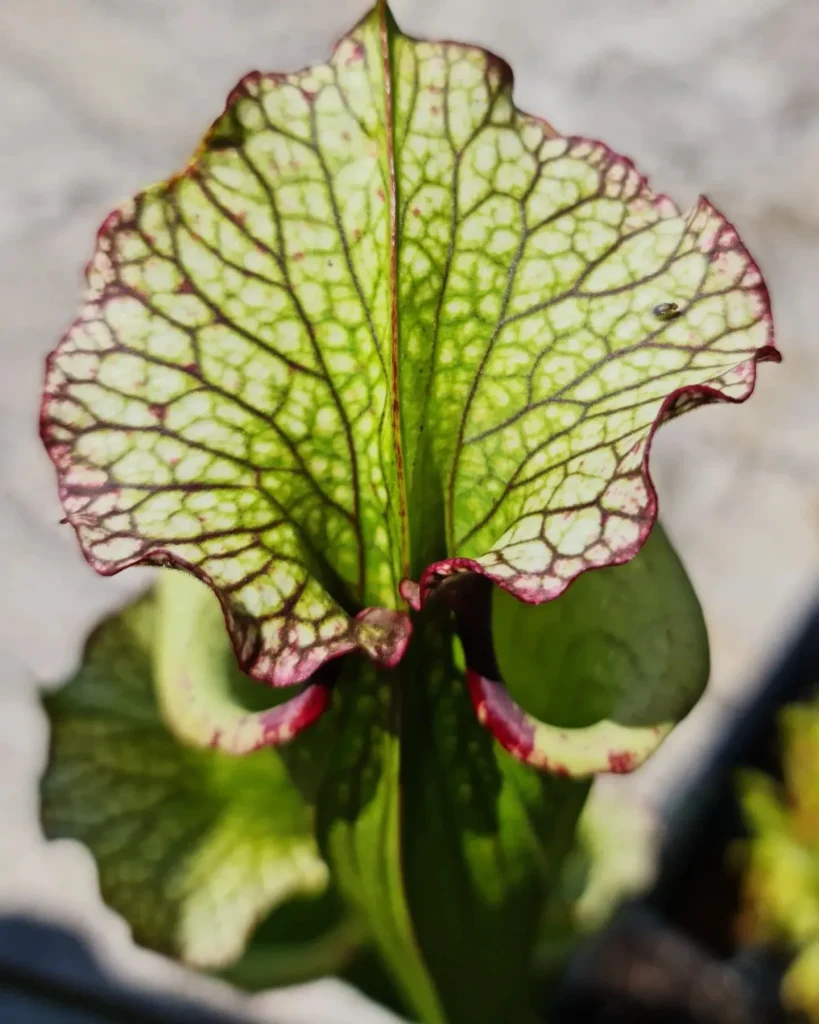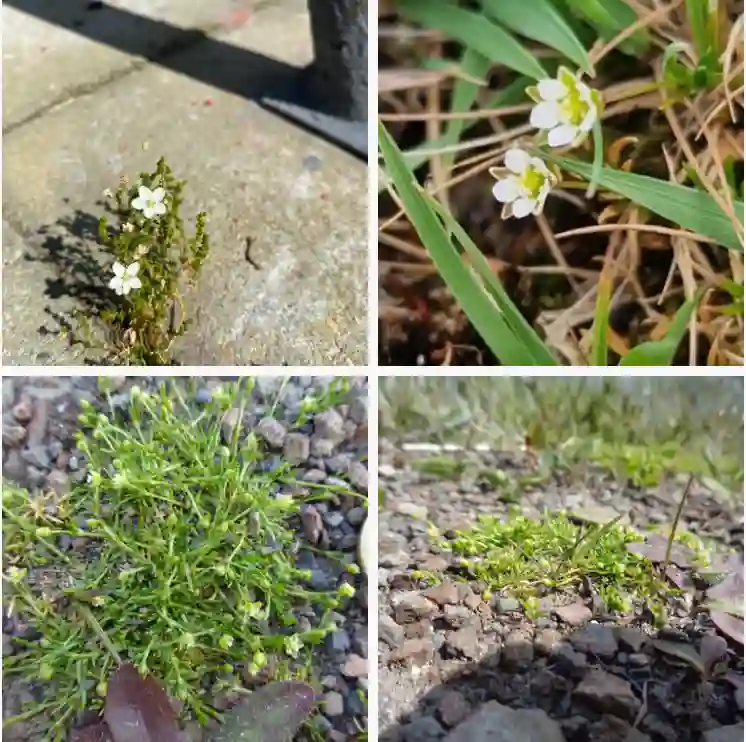A Journey into the Opiliaceae Family: A Personal Exploration
As a budding botanist, I’ve always been captivated by the diversity of the plant kingdom. Recently, I stumbled upon a fascinating plant family that captured my curiosity – the Opiliaceae. This family, though relatively small, boasts a unique collection of plants with intriguing features. Join me as I delve into the world of the Opiliaceae and uncover its hidden treasures.
Opiliaceae: An Overview
The Opiliaceae family is a group of flowering plants that comprises around 11 genera and approximately 50 species. These plants are primarily distributed in tropical and subtropical regions of the world, including Asia, Australia, Africa, and the Americas. Opiliaceae plants are typically shrubs or small trees, although some can be climbers or hemiparasites.
Genera of Opiliaceae
The Opiliaceae family is home to a diverse array of genera, each with its unique characteristics.
- Cansjera: This genus comprises shrubs or small trees with simple leaves and small flowers. They are found in tropical regions of Asia and Australia.
- Champereia: This genus is characterized by its dioecious trees or shrubs with simple leaves and small flowers. They are native to tropical Asia and Australia.
- Lepionurus: This genus comprises climbing shrubs or small trees with simple leaves and small flowers. They are found in tropical regions of Asia and Africa.
- Melientha: This genus is notable for its trees or shrubs with simple leaves and small flowers. They are native to tropical Asia.
- Opilia: This genus, which lends its name to the family, consists of shrubs or small trees with simple leaves and small flowers. They are found in tropical regions of Africa, Asia, and Australia.
- Pentarhopalopilia: This genus comprises shrubs or small trees with simple leaves and small flowers. They are native to tropical Africa.
- Rhopalopilia: This genus is characterized by its shrubs or small trees with simple leaves and small flowers. They are found in tropical Africa and Madagascar.
- Urobotrya: This genus consists of shrubs or small trees with simple leaves and small flowers. They are native to tropical Africa.
- Agonandra: A genus of evergreen trees or shrubs, primarily found in tropical South America, with simple leaves and small, inconspicuous flowers, known for their hard wood and medicinal uses.
- Anthobolus: A genus of hemiparasitic shrubs or small trees, native to Australia and New Zealand, with reduced leaves and small, often yellow or green flowers.
- Gjellerupia: A monotypic genus represented by Gjellerupia papuana, a rare tree endemic to New Guinea, with large leaves and small, clustered flowers.
Opiliaceae: Distinguishing Features
Opiliaceae plants exhibit several unique features that set them apart from other plant families. Some of these characteristics include:
- Simple leaves: The leaves of Opiliaceae plants are typically simple, meaning they are not divided into leaflets.
- Small flowers: The flowers of Opiliaceae plants are generally small and inconspicuous. They are often arranged in clusters or spikes.
- Drupes or berries: The fruits of Opiliaceae plants are typically drupes or berries. Drupes are fleshy fruits with a single seed enclosed in a hard pit, while berries are fleshy fruits with multiple seeds.
- Hemiparasitic nature: Some members of the Opiliaceae family are hemiparasites. This means they can obtain some of their nutrients from other plants by attaching to their roots.
Opiliaceae: Ecological Significance
Opiliaceae plants play an essential role in their ecosystems. They provide food and shelter for various animals, including birds, insects, and mammals. Additionally, some Opiliaceae plants have medicinal properties and are used in traditional medicine to treat various ailments.
Conclusion
The Opiliaceae family, though relatively small, offers a fascinating glimpse into the diversity of the plant kingdom. Its unique features, ecological significance, and potential medicinal properties make it a valuable subject of study for botanists and plant enthusiasts alike. As I continue my journey into the world of plants, I am excited to explore the Opiliaceae family further and uncover its hidden secrets.
If i die, water my plants!



